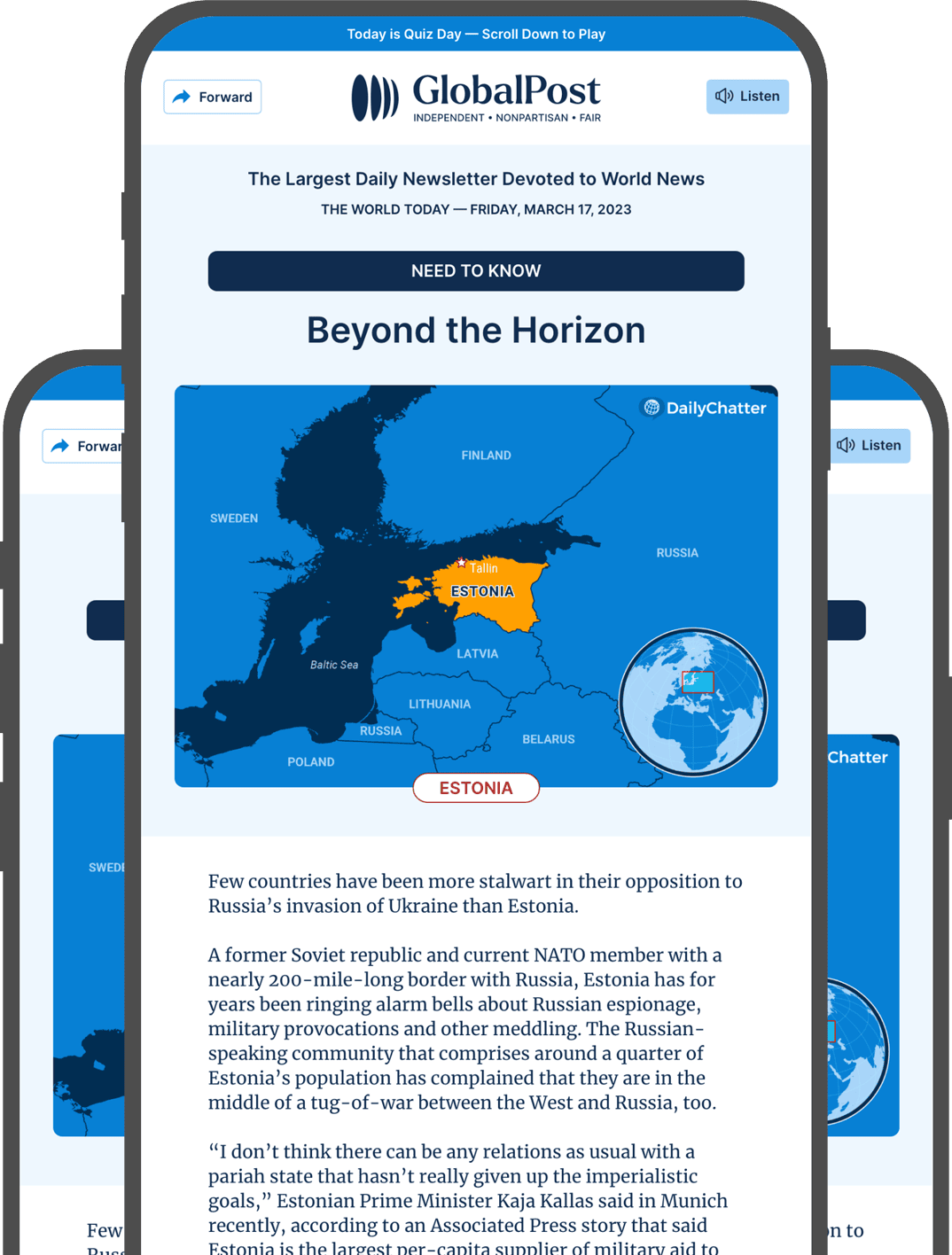Perfect Dinner Guests
As any good guest knows, it’s rude to show up at a dinner party empty-handed.
Ancient humans appeared to follow this custom, too.
About 11,000 years ago, early Neolithic humans hosted a dinner party in what is now the Zagros Mountains of Iran.
Previous evidence of this prehistoric feast came from the discovery of 19 wild boar (Sus scrofa) skulls unearthed at the archaeological site of Asiab in western Iran.
The remains were carefully arranged and sealed in a pit within a round structure. Knife marks on the skulls indicated that the boars were used for feasting – researchers think the meat might have been enough to feed 350 to 1,200 adults, Cosmos Magazine explained.
“These people were clearly the ultimate dinner party guests,” Petra Vaiglova, lead study author of new research on the remains, said in a statement.
Until now, however, archeologists didn’t know where the boars came from.
The new study analyzed microscopic growth patterns and chemical signatures inside the tooth enamel – the hard, outer layer of the tooth that protects its interior – from five of the boar skulls.
Rainfall and bedrock have distinct geochemical values depending on the geographical location, and these isotopic values are absorbed into animal tissues through their water and food.
Researchers noted that the varying values found in the five teeth suggest the boars likely didn’t all come from the same area, and some might have originated as far as 45 miles from the site of the feast.
“What is special about the feast at Asiab is not only its early date and that it brought together people from multiple geographically dispersed settlements,” said Vaiglova, “but also the fact that people who participated in this feast invested substantial amounts of effort to ensure that their contributions involved an element of geographic symbolism.”
Archeologists were surprised that the hunters went to such great lengths: They hunted the boars, uncommon prey at the time, in their region and then transported them across mountainous terrain on a journey that likely took several days to share them at the feast.
“Boars are especially aggressive, and so displaying them as hunting trophies or presenting them at a feast carries with it a certain element of significance beyond their culinary value,” said Vaiglova. “This was clearly a very meaningful event, and the fact that people put in so much effort to transport the boars over such challenging terrain provides us with a glimpse of how old the tradition of bringing geographically meaningful gifts to social events really is.”
Subscribe today and GlobalPost will be in your inbox the next weekday morning
Join us today and pay only $46 for an annual subscription, or less than $4 a month for our unique insights into crucial developments on the world stage. It’s by far the best investment you can make to expand your knowledge of the world.
And you get a free two-week trial with no obligation to continue.
